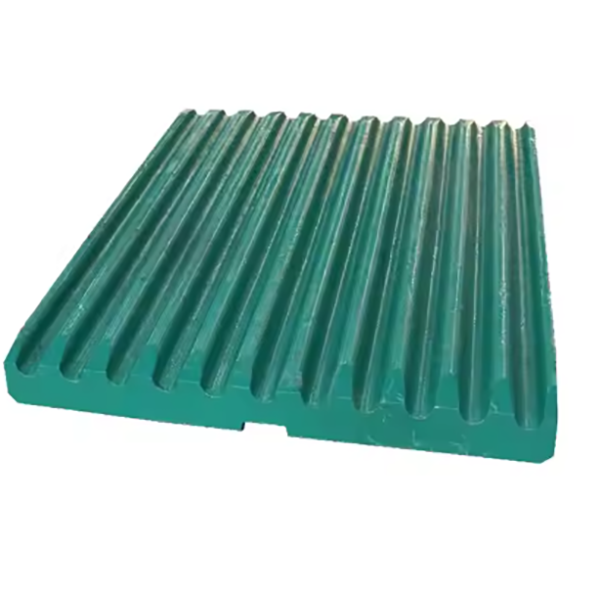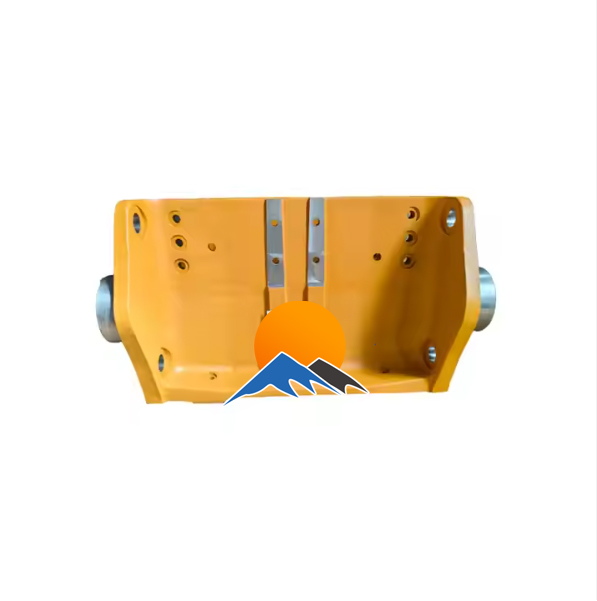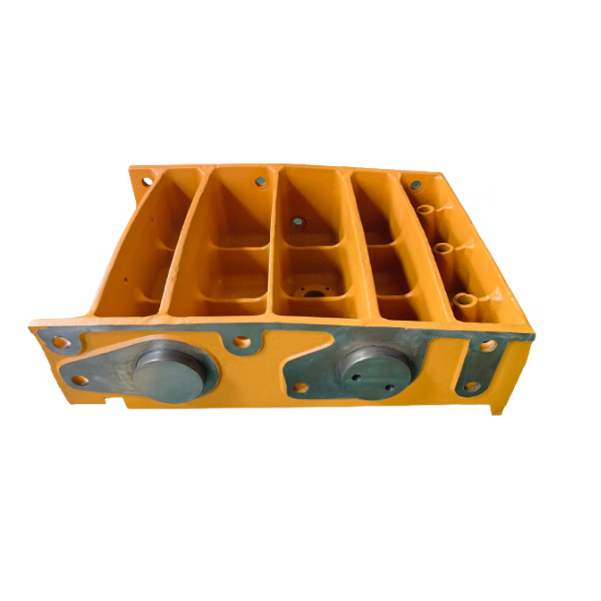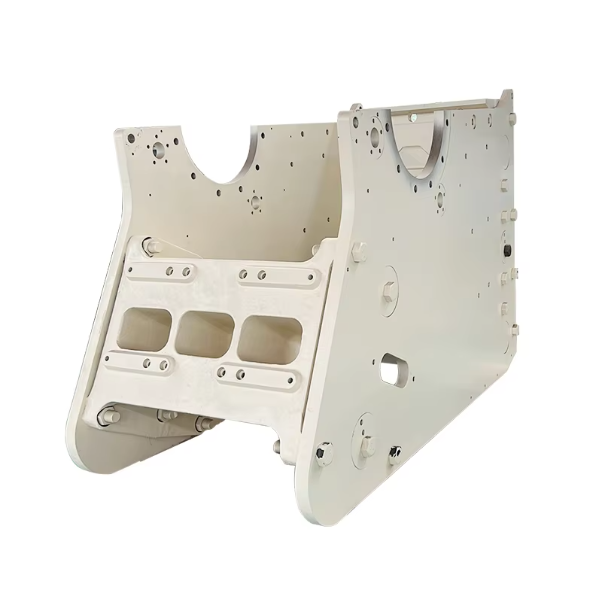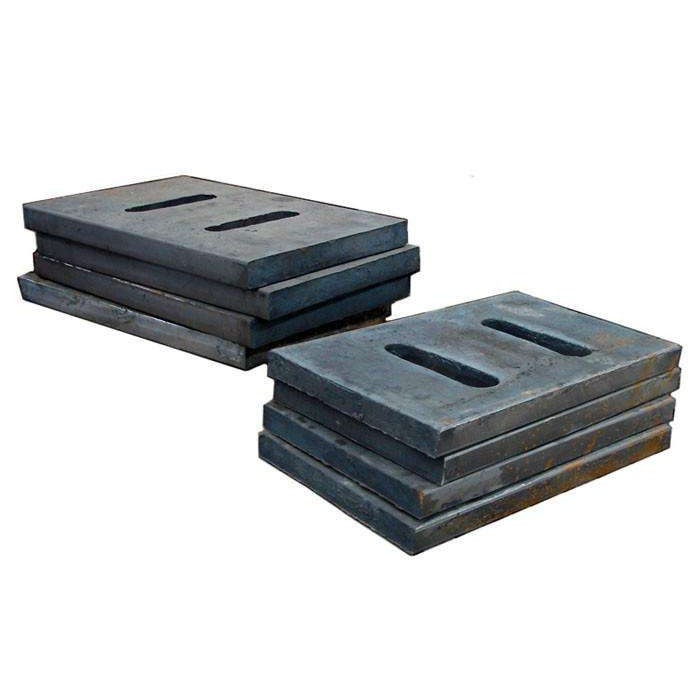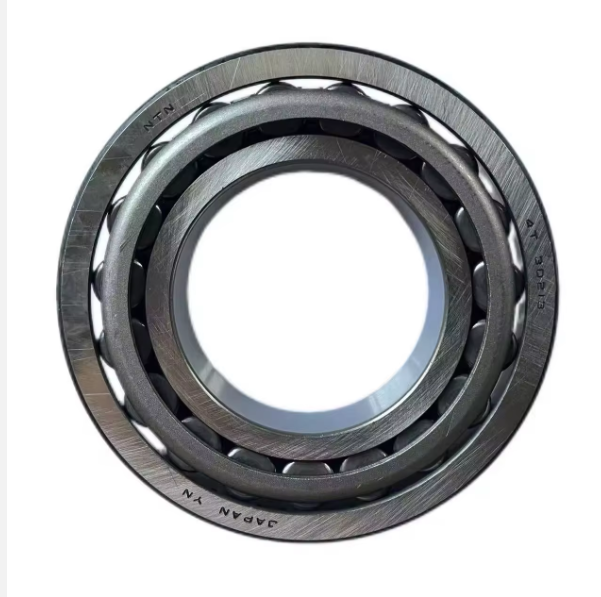Jaw Crusher teeth plate
The jaw crusher teeth plate, a key wear component on fixed and movable jaws, crushes materials via compression/shear, guides flow, resists wear, and protects jaw bodies under 300 MPa stress.
Structurally, it includes a 50–200 mm thick plate (Cr15–20, ZGMn13, or HT350) with 20–50 mm high teeth (30–80 mm spacing), back surface mounting features (T-slots, bolts), and reinforcement ribs.
Manufactured via sand casting, high-chromium iron (1400–1450°C pouring) undergoes annealing/aging for HRC 55–65; ZGMn13 (1500–1550°C pouring) is water-quenched for work hardening. Machining refines mounts, with optional tooth polishing.
Quality control includes composition checks, hardness testing, CMM dimensional inspection, UT/MPT for defects, ASTM G65 abrasion tests (≤0.8 g loss/1000 cycles), and field trials (500–2000 hours service life). It balances wear resistance and toughness for mining/construction applications
More





